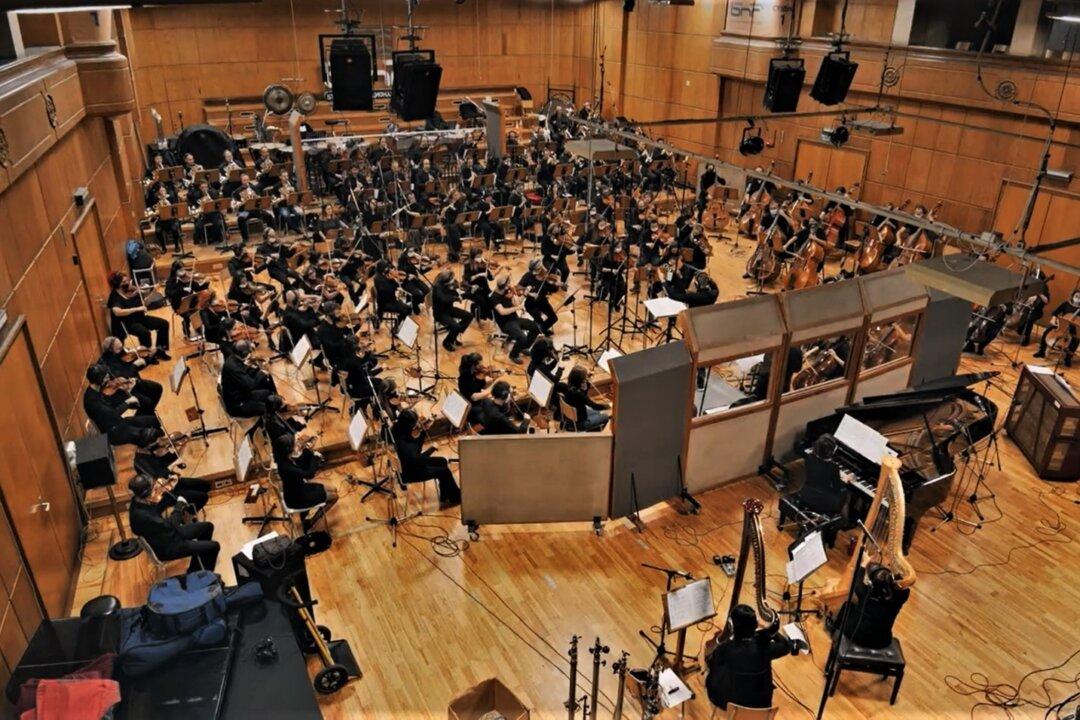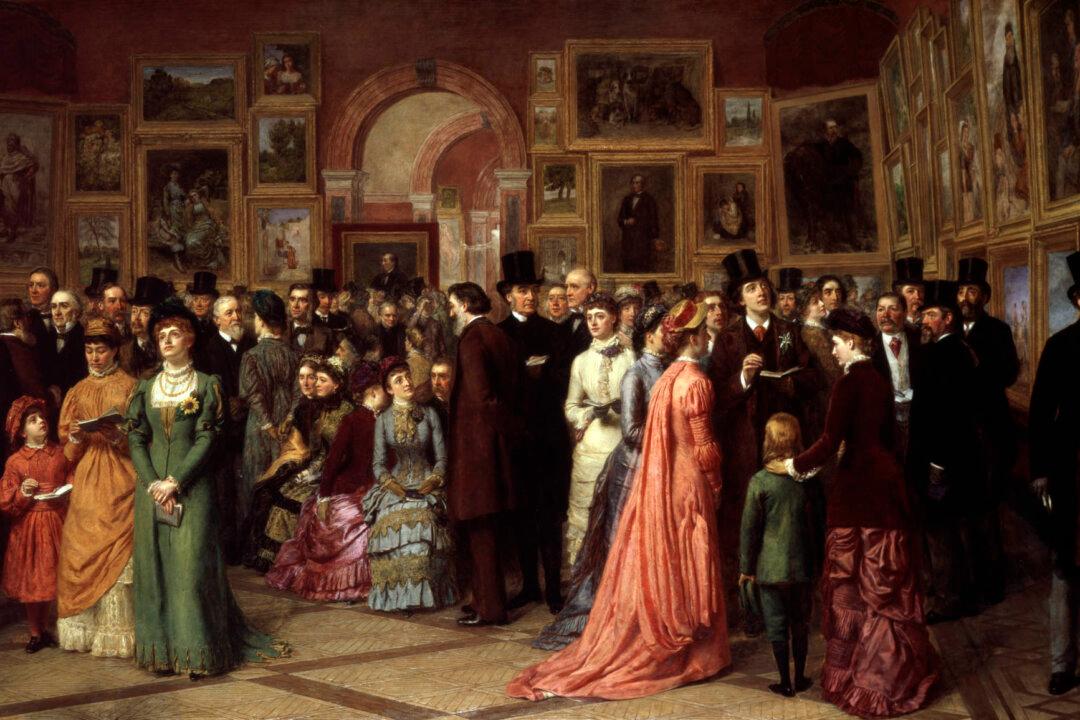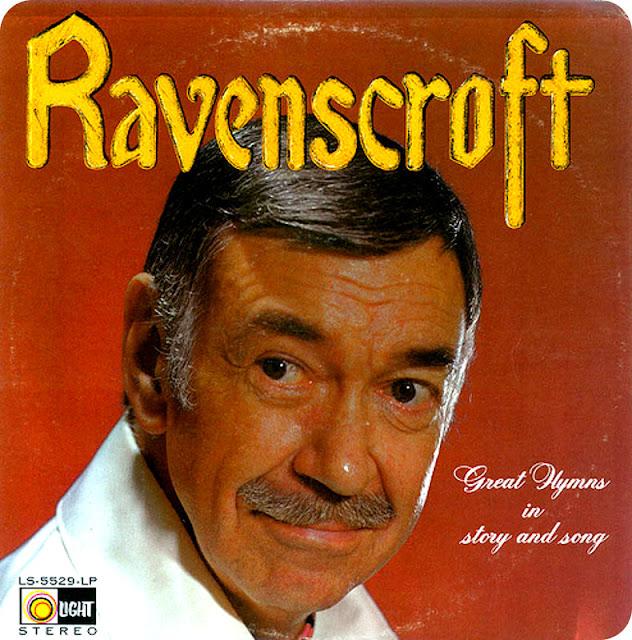One of the great apple-pie traditions of American music, right up there with a marching band or Dixieland band, is the good old barbershop quartet. My mind goes right to those white gazebos in parks and town squares and those beribboned straw hats, big mustaches, and striped jackets that barbershop quartets typically sport.
While thinking about the famous Buffalo Bills, the quartet who sang “Lida Rose” in “The Music Man” movie (the subject of my last Epoch Times article), I began to wonder whether barbershop quartets still exist in America, or if it’s a dead or dying art form?






